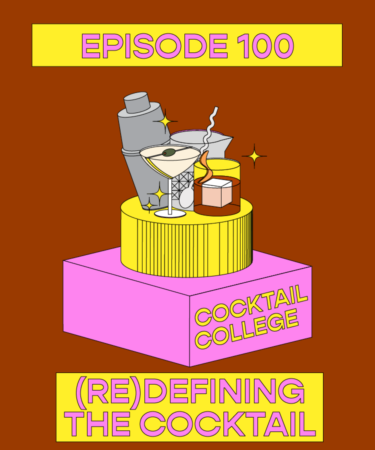“A stimulating liquor, composed of spirits of any kind, sugar, water, and bitters.” Over 200 years since their publication in a New York State newspaper, those 13 words continue to stand as the very definition of a cocktail. They ring true when dissecting everything from an Old Fashioned to a Martini to a Pisco Sour, but do they capture the full essence of 21st-century cocktails or is this iconic definition due a modern-day re-examination?
Before that definition came along, there were Slings, which fit the same template sans bitters. But now, even with bitters in the picture, some bartenders might feel that the original cocktail definition poses an all-too-limiting threshold on creativity. Whether or not that’s the case, we can confidently say that cocktail culture has come a long way since the 1800s. They’re no longer a morning beverage, as the word “stimulating” implies in the official description — today, coffee is a lot more practical. Furthermore, the old classic recipes that strictly adhere to the spirit-sugar-water-bitters template are good for history’s sake, but not necessarily for taste’s sake. Back when bartenders approached cocktail creation as a plug-and-play game with different spirits in the same build, they proved to be prolific, but quantity definitely exceeded quality.
Today on the “Cocktail College” podcast, host Tim McKirdy is joined by Greg Boehm, CEO of Cocktail Kingdom and the Cocktail Kingdom Hospitality Group to explore this cocktail phenomenon. We’ll learn about his background as an antique book collector and publisher, as well as the impact his work has had on the modern cocktail landscape. Plus, we’ll do a deep dive into vintage bar equipment and glassware trends over the years. It’s the 100th episode, and it’s all right here on “Cocktail College.” Tune in for more.
